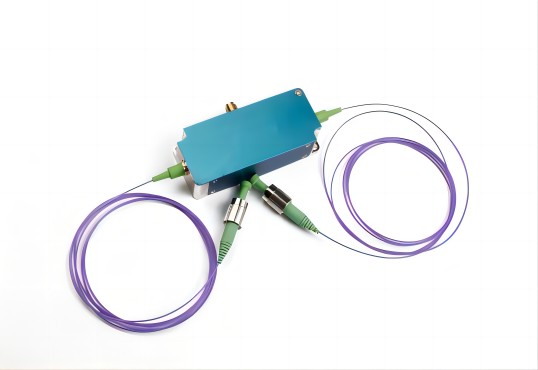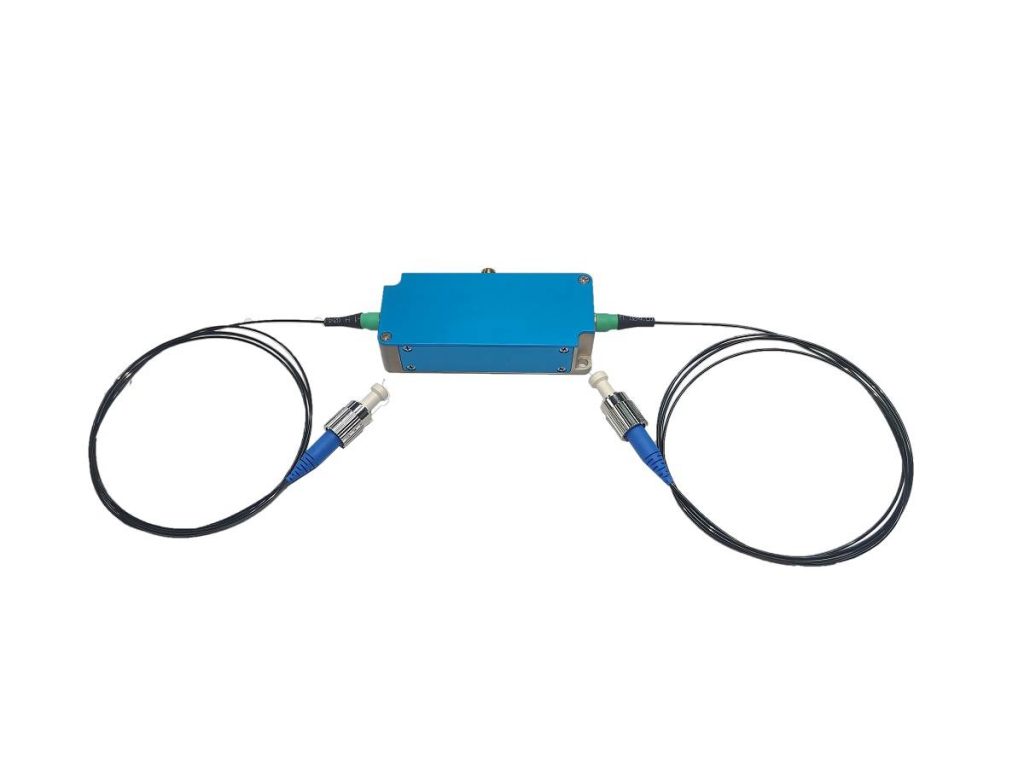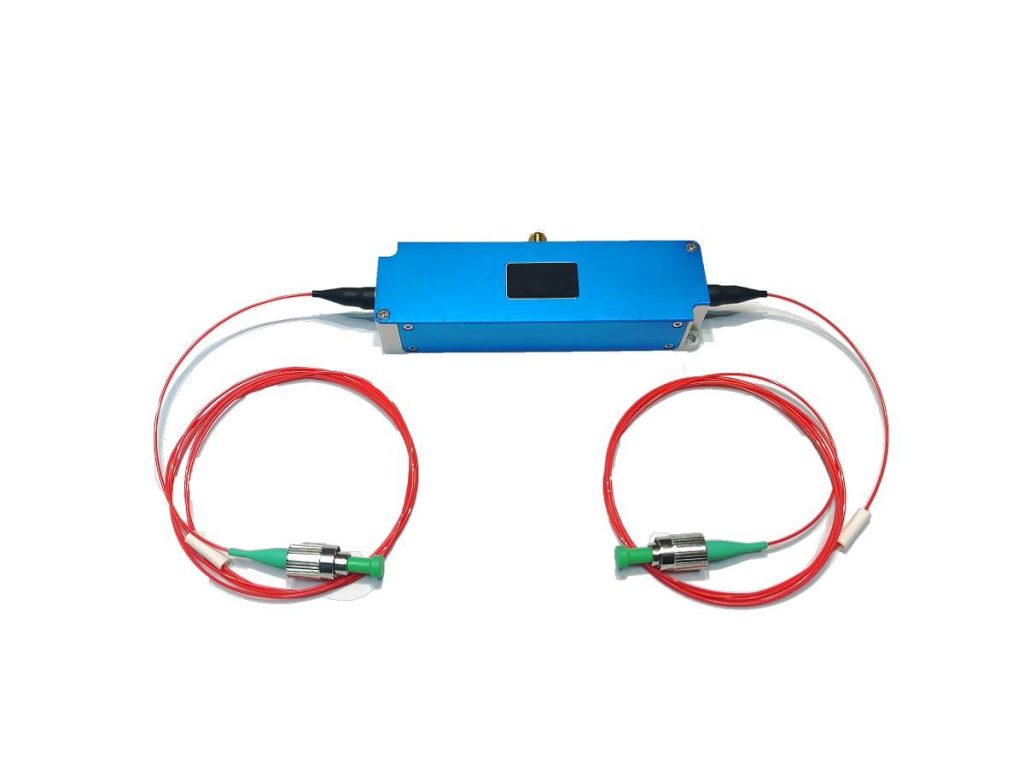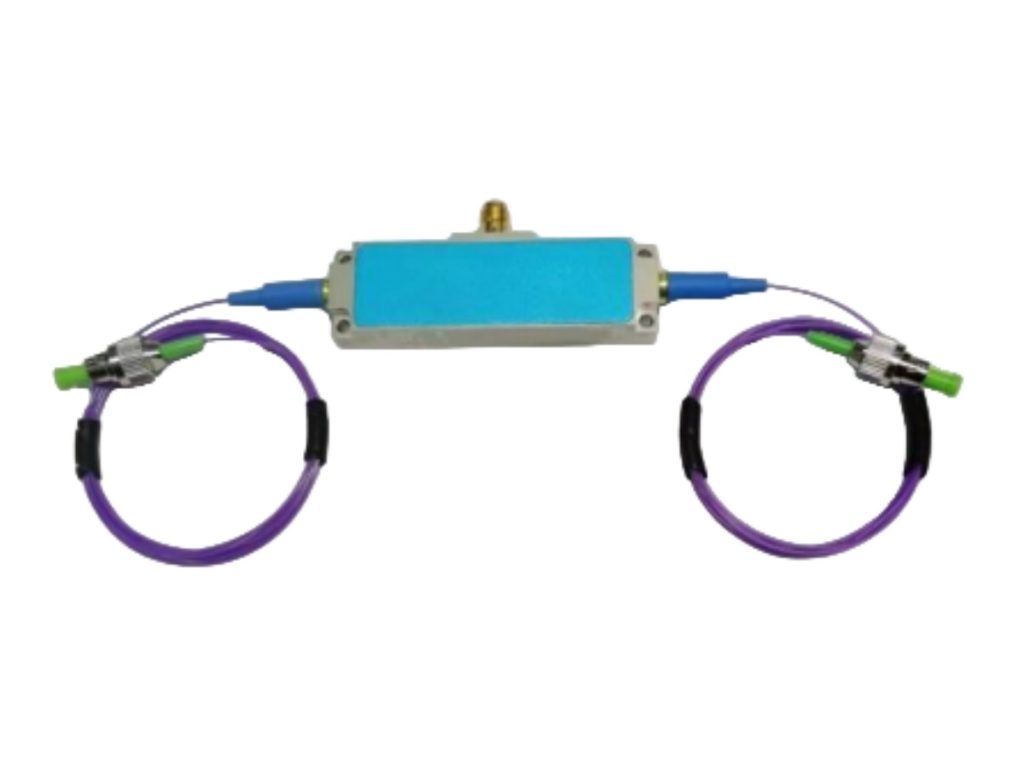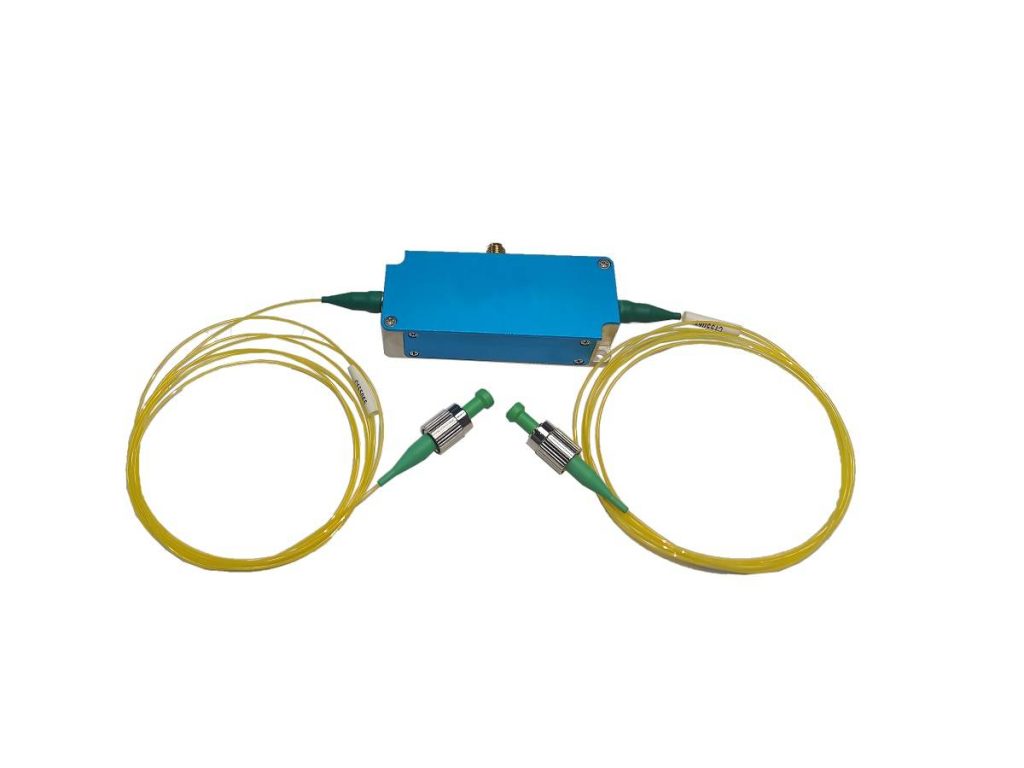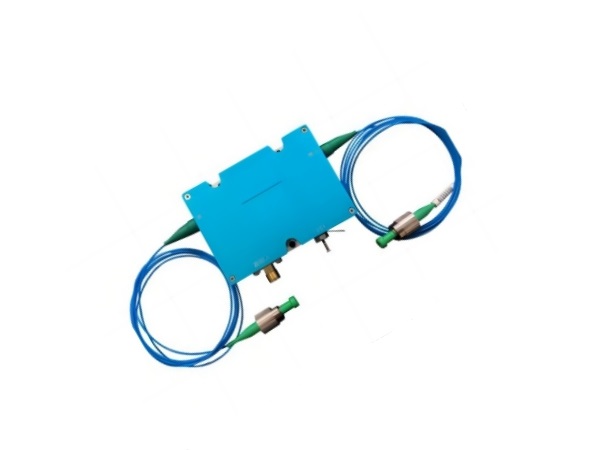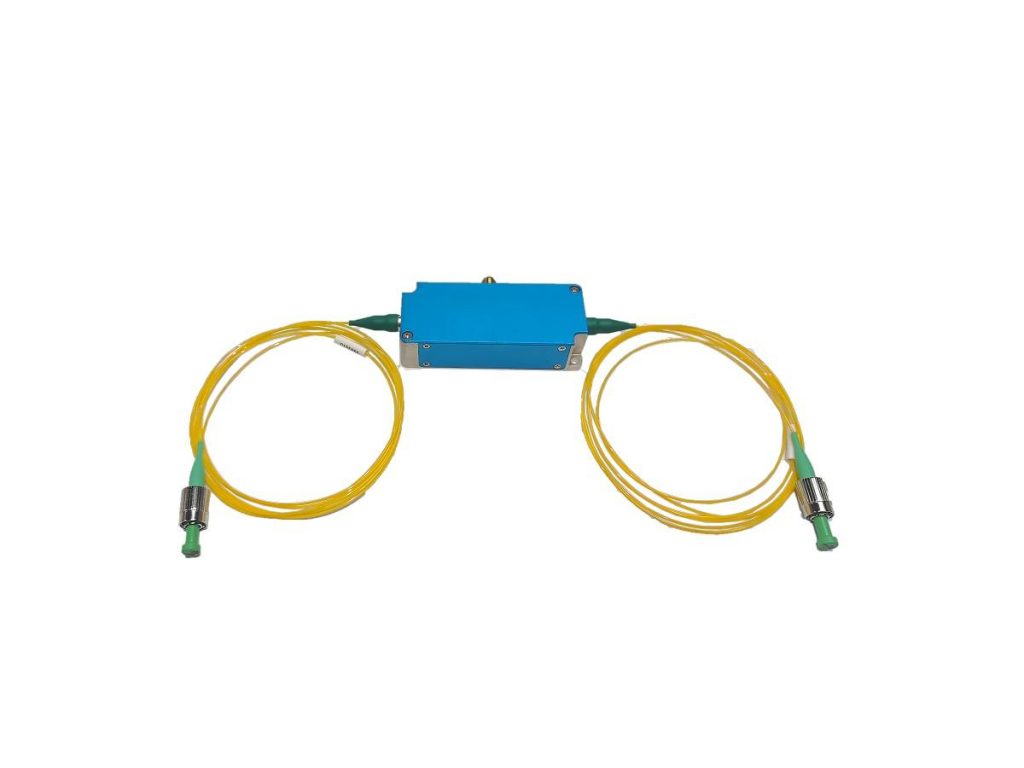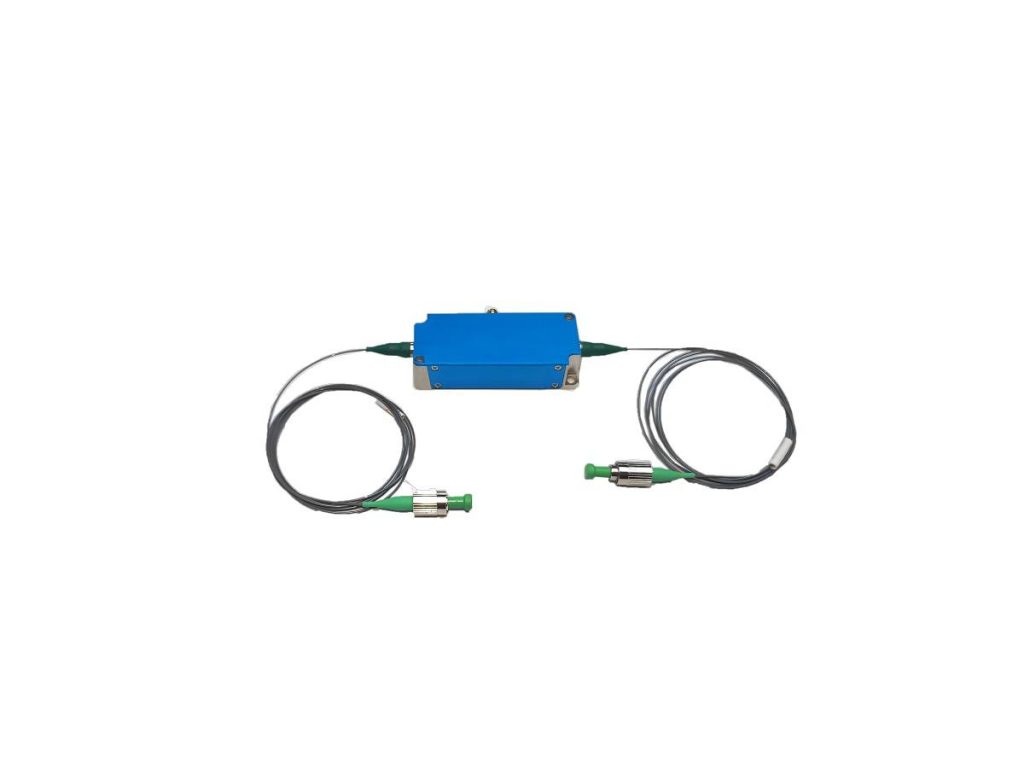Free Space vs Fiber Coupled AOM: Similarities and Differences in Driving
Acousto-optic modulators (AOMs) employ the acoustooptic effect, where the interplay between light and sound waves permits precise control of the frequency, intensity, and direction of light beams. They are extensively used for laser analysis, processing of spectral data fiber-optic communication, as well as other areas. With the constant advancement of optoelectronics, the use possibilities of AOMs are becoming more diverse. For example free-space AOMs and fiber-coupled AOMs stand out as two of the most typical kinds. This article will focus on understanding the driving distinctions between these two modulators. It also provides an overview for users to choose the most appropriate driving solution for their specific needs.
Basic Principles of Acousto-Optic Modulators
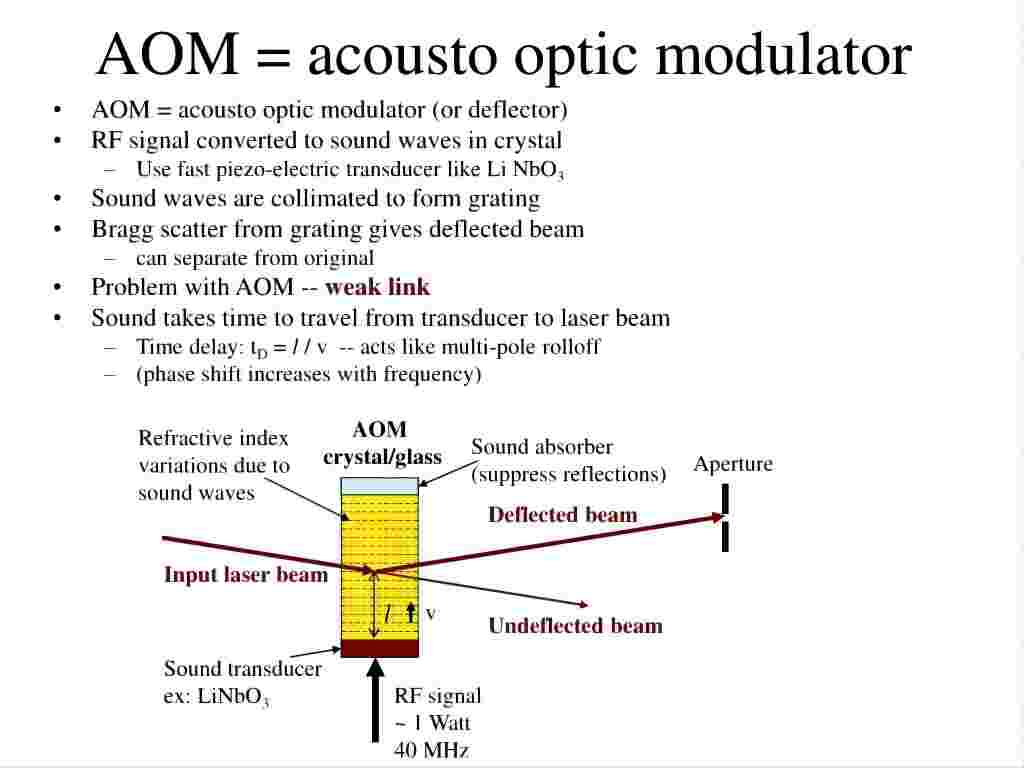
The essence of an AOM is the acousto-optic effect, in which it is the sound wave’s propagation through transparent materials results in periodic changes to the refractive index, creating the same structure as an agrating. When light beams pass through the media, Bragg diffraction occurs, producing diffracted light. By controlling the intensity and frequency of sound waves the modulation of diffracted light can be accomplished.
A radio frequency (RF) driver is an essential element of an AOM that generates high-frequency electrical signals that control the piezoelectric transducer which generates sound waves. It is the frequency at which RF signals are generated that determines quality of sound waves, while the strength of the signal RF determines the power of the sound waves, which allows for precise control of lighting beam.
Driving Characteristics of Free-Space Acousto-Optic Modulators
Free-space AOMs are generally employed to control beams in open areas where light beams is reflected through air. Because of the differing nature of beams in free-space AOMs that are free-space typically require drivers to supply greater RF power in order to attain high diffraction efficiency.
For frequency stability In terms of frequency stability, free space AOMs are generally less demanding for drivers. In applications that require precise control of beam direction such as laser scanning the stability of the frequency of the driver is essential.
Free-space AOMs are used extensively to process lasers, materials handling along with spectral analysis. In these fields the need for high power and quick response are required, which requires drivers that can deliver high power and fast response capabilities. A RF-based driver can be connected directly to the transducer of the modulator via cables, which results in an extremely simple design.
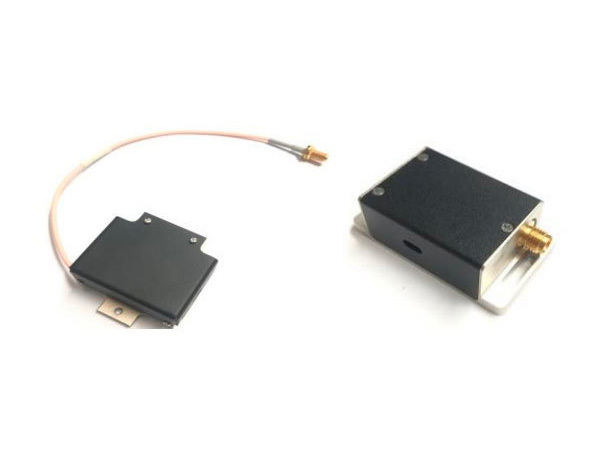
Driving Characteristics of Fiber-Coupled Acousto-Optic Modulators
Fiber-coupled AOMs integrate the acousto-optic effect with fiber-optic technology, enabling light beam modulation within optical fibers. Due to the coupling characteristics of optical fibers, fiber-coupled AOMs impose higher requirements on driver stability to minimize beam loss.
In terms of control precision, fiber-coupled AOMs require more accurate power control to avoid damaging the optical fibers. Additionally, to ensure coupling efficiency, the frequency stability of the driver is also crucial.
Fiber-coupled AOMs are widely used in fiber-optic communication and fiber-optic sensing. In these applications, higher stability and precision are required. The RF driver is connected to the modulator’s transducer via a cable, while the optical signal is transmitted through the fiber, imposing higher requirements on fiber connections.
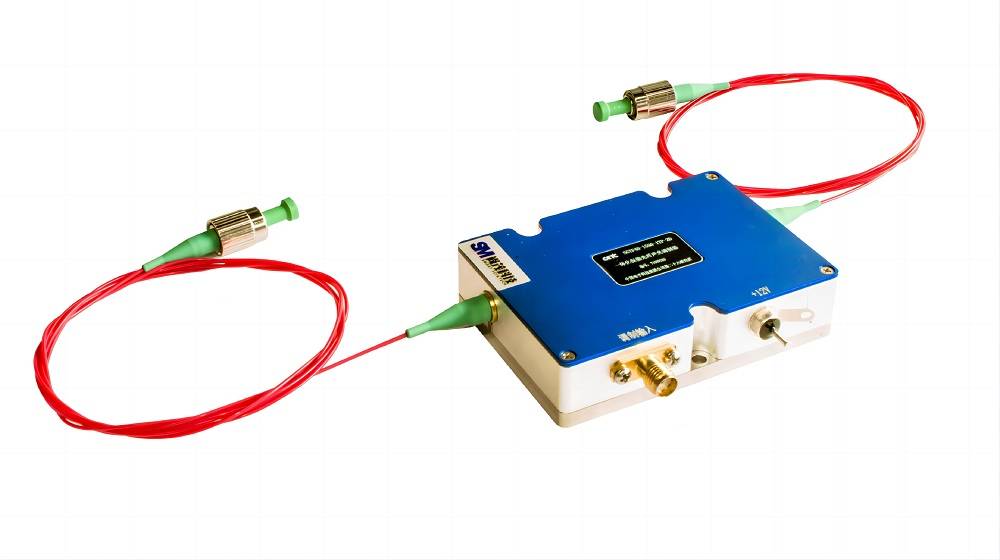
Comparison of Free-space and Fiber-coupled AOM Driving Methods
Commonalities:
Free-space as well as fiber-coupled acoustooptic modulators operate using the same acousto-optic effects which is why each requires an RF driver which sends high-frequency electrical impulses. By altering the frequency and power of the RF signal, the driver decides whether the beam’s light source is switched on or off or moved in frequency.
Differences:
- Free-space modulators typically require more radio frequency power, whereas fiber-coupled models require a driver which can provide extremely stable and accurate signals.
- AOMs that are free-space typically occur in highly-powerful, quick work like laser machining. However, fiber-coupled AOMs are suitable for telecom applications with a need for rock-solid reliability and precision.
- For free-space installations small cables connect the driver of RF directly to the transducer of the modulator, and light moves through air. The fiber-coupled devices plug into optical fibers and require better, more secure aligning between the RF driver and fiber signal.
Application Instance Comparison
The specifications that drive acousto-optic modulators (AOMs) differ greatly between one model and the next. Fiber-coupled and free-space models are created for distinct environments, and their drivers must meet different specifications to make each configuration function as planned. In the following sections, we examine two typical use cases – laser processing and fiber-optic communications examine how these drivers affect everyday results.
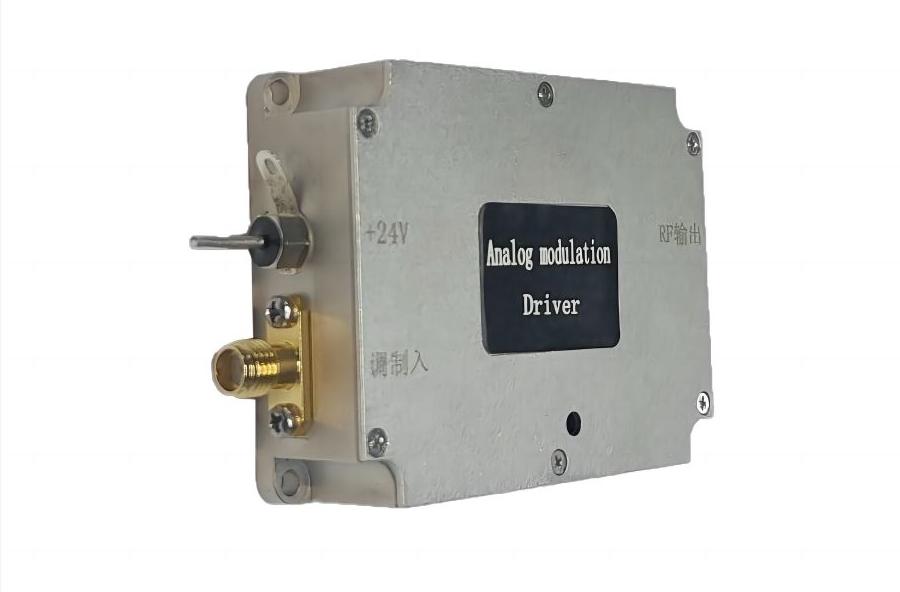
Laser Processing
Applications like engraving, marking, cutting, and micromachining typically switch into free-space AOMs since they can handle powerful beams, while shifting the position of the spot almost instantaneously. Because the laser head has to stop at the point of no return, and the driver must generate a lot of RF energy and then react faster.
- Requirements for high-power: A successful removal or alteration requires an intense, focused beam. This means that the driver has to provide a large amount of power RF to an AOM so that the optics can are able to see clear deep diffraction on every pulse. Additionally, the output must be constant; even small fluctuations or spikes could cause ugly edges on the damaged or cut, as well as ruining the brightness on a cut.
- Quick Response Time: Applications such as laser cutting or marking demand rapid changes in power, which means that the laser beam must be changed up or down quickly to create straight lines. The AOM driver must therefore respond immediately for the control signal, which allows swift on/off switch or a smooth change in intensity. This means that the driver has to provide a low lag as well as sufficient bandwidth to keep up with.
- Smooth Frequency Stability: While free-space acousto-optic modulators are tolerant of frequency shift, certain tasks like laser scanning or beam steering still require steady frequency. The driver in this case must produce a steady frequency, so that each diffraction angle reflects the intent of the designer, and the beam can move smoothly from point to.
- An Example Use Case: In an ordinary laser mark station, the AOM driver alters the beam’s direction to etch precise, high-resolution patterns onto plastics, metals or ceramics. Since it provides an RF that is powerful and responsive, it can produce accurate, clean marks, while limiting the risk of heat damage to a minimal.
Fiber-Optic Communication
Fiber-coupled acousto-optic modulators (AOMs) sit at the heart of modern fiber networks, performing vital tasks such as modulating light, switching paths, and routing signals. Because the system treats every photon like a piece of data, even tiny driver errors-blinks, drifts, or noise-produce visible crosstalk that masks the intended information.
- Stability and Precision: In optical networking, signal integrity is non-negotiable. Fiber-coupled AOMs demand drivers with rock-solid frequency coils and feedback loops that hold power constant down to the microvolt, so each pulse writes the same amplitude onto the fiber. Any jitter or spike in the RF source warps the wavefront, costing bits-per-second and increasing error rates.
- Low Noise Operation: Photodetectors buried in receivers respond to tiny photocurrents, making them intolerant of stray noise that rides on the signal. The AOM driver therefore must produce clean, low-phase-noise bursts while generating harmonics far outside the band of interest, so the recovered data stream remains fast and error-free.
- Power Control: Because glass fibers can fuse under excessive power, the optics engineer sets a conservative threshold. The driver must therefore ramp the RF drive smoothly, matching the acoustic wave strength to the fiber’s limits, so each bit gets a full swing without clipping or stressing the channel.
- Example Use Case: Inside a dense-wavelength-division-multiplexing (DWDM) network, fiber-coupled acousto-optic modulators (AOMs) modulate and direct pairs of optical channels at their own precise wavelengths. The matching AOM driver guarantees that each channel is altered and steered cleanly, with no crosstalk, thus permitting packed data to move swiftly across great lengths of fiber.
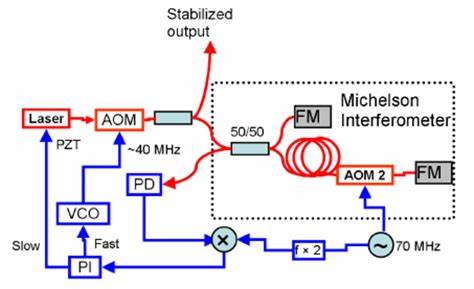
In short, both free-space and fiber-coupled AOMs share operating principles yet differ fundamentally in how their drive signals are delivered and managed. Selecting the right drive technique still hinges on the details of each deployment, from space constraints to required bandwidth. As laser sources and photonic circuits keep evolving, AOM performance should climb higher too, opening doors to fresh applications in imaging, sensing, and beyond.

